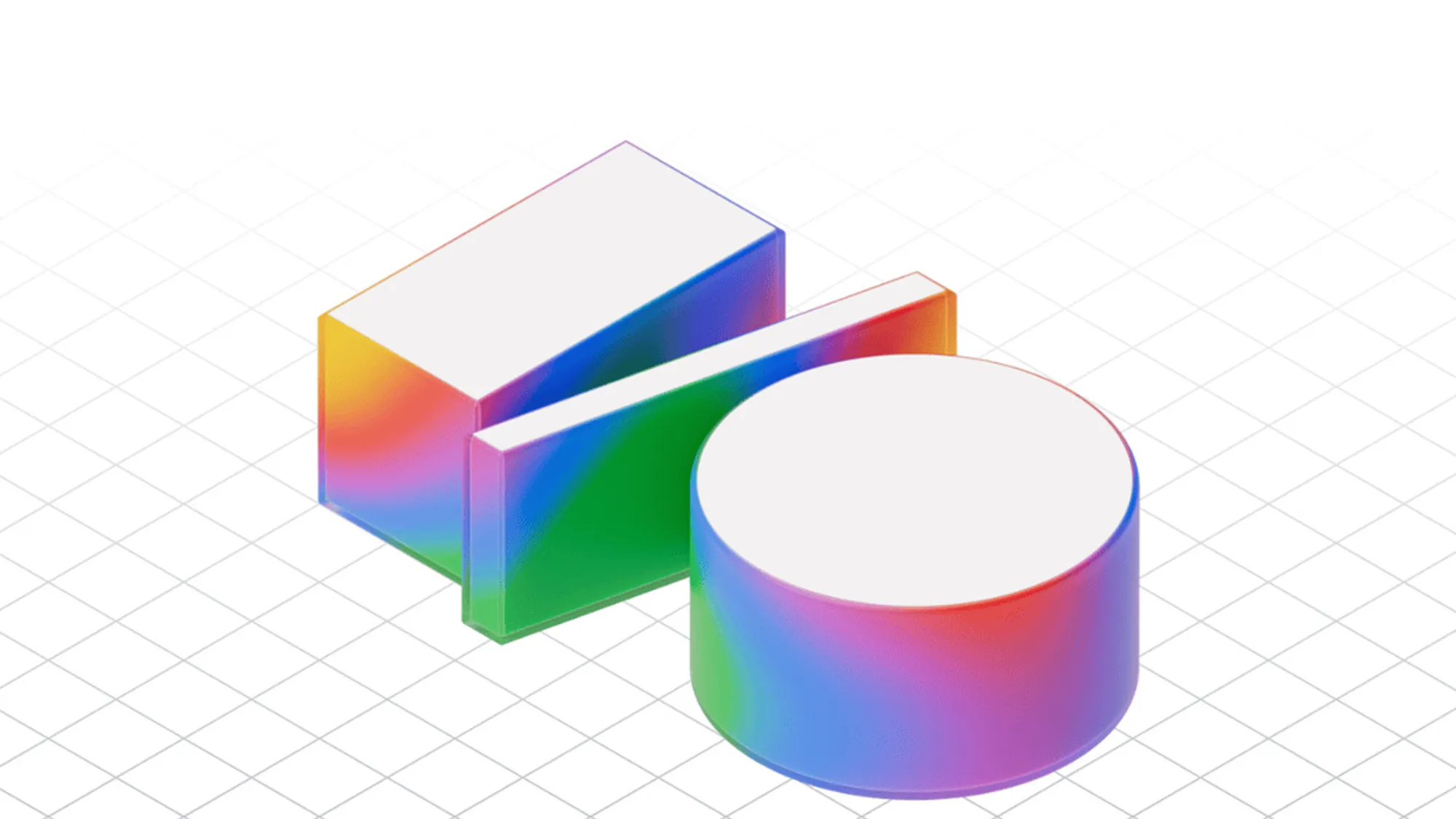
What is modular content and why its a MUST in todays world of AI mode search

What Is Modular Content - And Why It’s a Must in Today’s World of AI Search
Search has changed. Again.
And this time, it’s not just an algorithm update. It’s a new way of delivering results. Read more about what the new world of search looks like and everything you should know as a marketer here in our AI mode guide
With Google’s AI Mode and the rise of hyper-personalised search, users no longer follow a neat path down the funnel. They drop in at random moments - curious, overwhelmed, or ready to buy - and they want their question answered instantly.
So what does this mean for content?
It means the old “one-blog-post-for-every-stage” model is done. Enter: modular content.
So... What Is Modular Content?
Modular content is content that’s built like Lego - individual blocks that work on their own but snap together to form something bigger.
It’s a way of structuring a single piece of content so that:
- It serves multiple intents (from “what is this?” to “how do I buy?”)
- It caters to different audience needs (beginner vs expert, budget vs luxury)
- It lets AI choose the right section to surface based on user context
Why Modular Content Matters in AI Search
With AI Overviews and personalised SERPs now standard, users don’t all land at the top. Google may drop them halfway down a guide, or summarise just one part in its Overview.
If your content isn’t modular, that user’s need might never get met — and they’ll bounce.
But if your content is modular:
✅ Google can serve the right block to the right person
✅ Users can skip to the info they actually want
✅ Your piece gets more chances to rank, be quoted, or drive action
What It Looks Like in Practice
Let’s say you're a brand selling home EV chargers. Instead of five separate blog posts, you create one Ultimate Guide, built like this:
🧱 Modular Content Layout: “The Ultimate Guide to Home EV Chargers”
🔹 Intro: What is a home EV charger and how does it work?
Top-of-funnel. Awareness-level explainer.
🔹 Types of EV chargers: Slow, Fast, Rapid
Comparison table, pros/cons — perfect for consideration.
🔹 Should I get tethered or untethered?
Real-world use cases. Lifestyle-driven.
🔹 How installation works (step-by-step guide + checklist)
Answers conversion-blocking questions.
🔹 Compare our EV charger models
Bottom-of-funnel product push. Highly commercial.
🔹 Take our charger quiz
Interactive CTA for personalised recs.
🔹 Book a free install assessment
Conversion CTA tailored to where the user lives or what car they drive.
What Makes This Smart for AI Search
- Each block is semantically rich Google can index and quote each section separately.
- It's user-led People can jump to what they need (or AI can do it for them).
- It reduces bounce Someone looking for install steps isn’t forced to read a 101 guide.
- It’s built for repurposing Every module becomes a social asset, a TikTok hook, an email block, or a PR angle.
Final Thought: Build for People, Not Pages
In a world where Google is no longer showing people pages, but summaries, snippets, and intent-matched answers, your job isn’t to build articles.
Your job is to build answers. Blocks. Moments. Experiences.
And modular content does exactly that - giving you one piece of content that works everywhere, for everyone, in a way that Google wants to surface.
✅ Each section is searchable
✅ Each section answers different intent
✅ Each module can be repurposed standalone (e.g. for TikTok, email, FAQs)

CEO & Founder of Rise at Seven, and my job is to be out in the market and see which way the wind is blowing in the next 1, 2, 5 or 10 years time and bring that home to my team and clients. I lead the vision of the agency across the UK & US.














